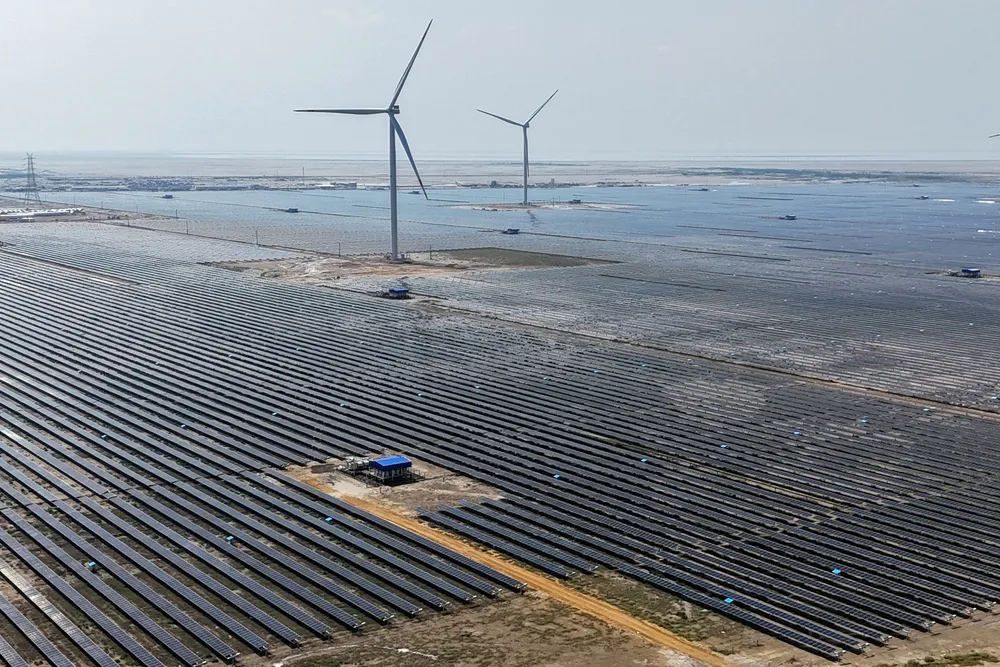'Crucial turning point' | Wind and solar overtake coal as top global source of electricity
Cheap solar panels are driving a fast-paced energy transition in poorer countries, data shows

New installations of renewable energy overtook coal to become the world's leading source of electricity in the first half of this year, according to latest data from energy think tank Ember.
The growth in solar and wind outpaced the rise in global demand for electricity to drive a slight decline in the overall use of fossil fuels for electricity generation,
However, the Ember data also showed deep disparities, with China and developing nations such as India increasing their use of renewables significantly, while the US and European nations slipped back into higher use of coal and gas for electricity generation.
Coal has been the world's largest single source of energy generation for more than 50 years, according to the Paris-based International Energy Agency.
China remains the biggest user of coal for electricity generation, but its installation of new solar and wind capacity was more than the rest of the world combined in the first half of this year, Ember showed.
The growth in renewable generation in China outpace rising electricity demand and helped reduce its overall use of fossil fuels for electricity generation by 2%.
Additions of new solar and wind capacity in India were more than three times higher than growth in demand, also allowing a modest overall reduction in the use of coal and gas.
But in the US, electricity demand grew faster than clean energy output, driving an increase in thermoelectric generation
In the EU, weak wind and hydropower performance had the same effect.
Despite these differences, Ember senior electricity analyst Małgorzata Wiatros-Motyka, said the data suggested that the world has reached a "crucial turning point" where clean power is keeping ahead of demand growth.
“Solar and wind are now growing fast enough to meet the world’s growing appetite for electricity. This marks the beginning of a shift where clean power is keeping pace with demand growth. As costs of technologies continue to fall, now is the perfect moment to embrace the economic, social and health benefits that come with increased solar, wind and batteries,” she said.
Solar power continues to grow faster than any other source, especially in low income countries, with new installations covering 83% of the overall increase in electricity demand, Ember stated.
A massive increase in Chinese manufacturing capacity has driven solar prices down by 99.9% since 1975 and is especially dominant where grid electricity is expensive and unreliable, Ember found.
Fast transition
The report also showed how these prices can drive a remarkably rapid energy transition in some circumstances.
In Pakistan, for example, enough panels were imported in 2024 to generate 17GW of solar power in 2024, equivalent to about a third of the country's current electricity generation capacity.
In Africa, coal titan South Africa and oil and gas exporter Nigeria led a trend that saw solar panel imports rise 60% across the continent in the year to June.
However , countries in regions leaning on wind power have not enjoyed the same decline in costs, and have struggled to keep up investment with while higher, the report noted.
(Copyright)